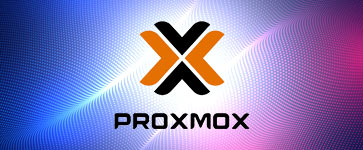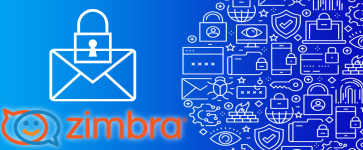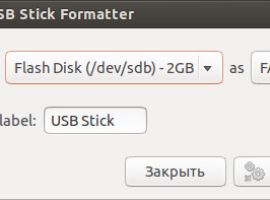Last updated
-
in Office
-
Hits: 1628
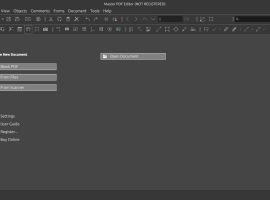 Master PDF Editor is a powerful editor for working with PDF files, which can also act as a regular viewer for documents of this format.
Master PDF Editor is a powerful editor for working with PDF files, which can also act as a regular viewer for documents of this format.
Features:
- creating, editing, viewing, encrypting PDF;
- adding\removing pages;
- editing text;
- xps support;
- import\export pages in bmp, jpg, png, tiff;
and many others.
-
in Standard
-
Hits: 1798
This is a simple application for formatting USB flash drive into FAT32, NTFS and EXT4 formats.
Now there is no need to format a flash drive by opening GParted (partition editor), unmounting the partition with the flash drive, creating a new partition, etc.
To format a USB flash drive, simply insert the flash drive into the USB port of your computer, open the program, select the format and click the Format button.
The program also allows you to write ISO images to USB.
-
in Network
-
Hits: 598
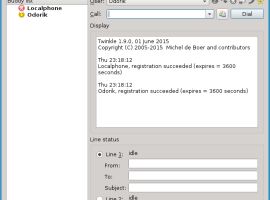 Twinkle is a softphone for your voice over IP and instant messaging communications using the SIP protocol. You can use it for direct IP phone to IP phone communication or in a network using a SIP proxy to route your calls and messages.
Twinkle is a softphone for your voice over IP and instant messaging communications using the SIP protocol. You can use it for direct IP phone to IP phone communication or in a network using a SIP proxy to route your calls and messages.
In addition to making basic voice calls, Twinkle provides you the following features:
-
in System utilities
-
Hits: 411
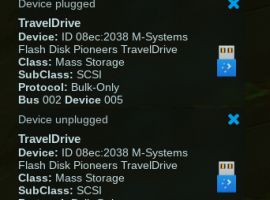 Shows pop-up notifications when connecting/disconnecting any USB device with detailed information about it.
Shows pop-up notifications when connecting/disconnecting any USB device with detailed information about it.
-
in Network
-
Hits: 360
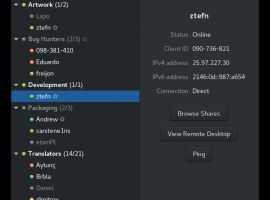 Hamachi is a handy tool that allows you to connect computers over the Internet and create your own virtual private network (VPN), protected with standard encryption algorithms, as if they were connected by the same physical local area network.
Hamachi is a handy tool that allows you to connect computers over the Internet and create your own virtual private network (VPN), protected with standard encryption algorithms, as if they were connected by the same physical local area network.
-
in Network
-
Hits: 1579
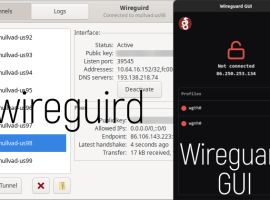 Wireguard GUI is a Linux application that allows you to manage your Wireguard VPN configuration.
Wireguard GUI is a Linux application that allows you to manage your Wireguard VPN configuration.
Features:
- The system tray icon turns red when connected and black when disconnected.
- Looks the same and does almost the same as the official Wireguard GUI client for Windows.
- Add/Edit/Delete a profile
- Start/Stop a profile
-
in System utilities
-
Hits: 1433
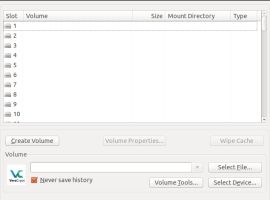 VeraCrypt allows you to create a virtual encrypted logical disk stored as a file and mount it as a real disk. You can also completely encrypt a partition of a hard disk or other storage media, such as a floppy disk or USB flash drive.
VeraCrypt allows you to create a virtual encrypted logical disk stored as a file and mount it as a real disk. You can also completely encrypt a partition of a hard disk or other storage media, such as a floppy disk or USB flash drive.
Encryption is performed automatically, in real time (on the fly), and transparently, allowing you to read and write data as quickly as if the drive were not encrypted.
Provides plausible deniability if an attacker forces you to reveal your password: hidden volume (steganography) and hidden operating system.
-
in Utilities
-
Hits: 1402
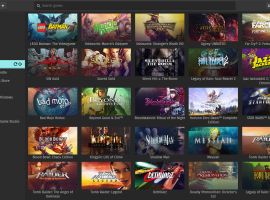 Lutris is a platform that aims to keep your game collection running for years to come.
Lutris is a platform that aims to keep your game collection running for years to come.
By offering the best software to run your games, Lutris makes it easy to run all your games, old and new.
-
in Strategies
-
Hits: 1338
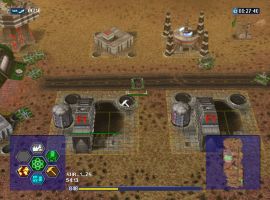 Warzone 2100 - трехмерная военная стратегия реального времени, действия которой происходят в 2085-2100 годах. Игроку предстоит возводить постройки, изучать новые технологии, собирать армию и воевать. Прямо во время игры можно создавать собственные боевые единицы, выбирать кузов, шасси, оружие.
Warzone 2100 - трехмерная военная стратегия реального времени, действия которой происходят в 2085-2100 годах. Игроку предстоит возводить постройки, изучать новые технологии, собирать армию и воевать. Прямо во время игры можно создавать собственные боевые единицы, выбирать кузов, шасси, оружие.
Warzone 2100 предлагает кампании, масштабность, многопользовательский и одиночный режимы игры, дизайнерский подход к оформлению, и все, что вы ожидаете от современной RTS игр
Игра поддерживает несколько вариантов игры: обучение, кампанию, сражение, мультиплеер и другие.
-
in Games
-
Hits: 1490
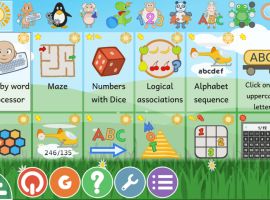 GCompris is a large collection of educational games and exercises for children from 2 to 10 years old. Some of the exercises are presented in a playful way, but they are also educational.
GCompris is a large collection of educational games and exercises for children from 2 to 10 years old. Some of the exercises are presented in a playful way, but they are also educational.
GCompris currently contains over 100 exercises. Here is a list of activity categories with some examples:
Page 9 of 100





